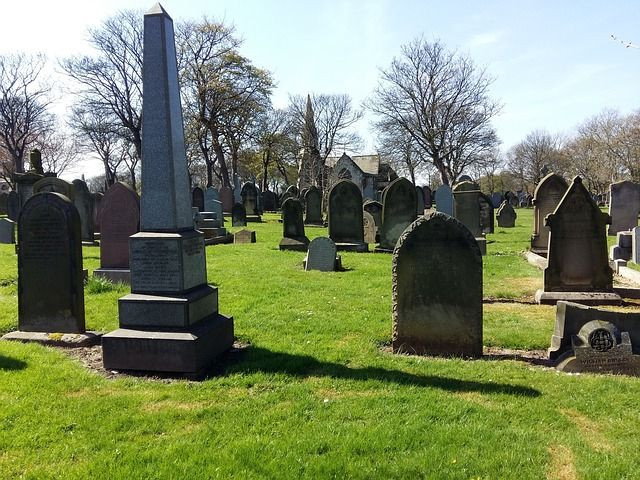These 8 Causes Of Death Made US Life Expectancy Fall For The First Time In 23 Years

Life expectancy in the United States has mostly risen since World War II, and then in 2015, it declined; that year saw about 86,000 more deaths than the previous year, according to the Centers for Disease Control and Prevention (CDC) in a recent report. Medical XPress reported that a decline like this is extremely rare in a year that did not include a major disease outbreak. So what accounted for the dip?
In 2015, there was a significant increase in the death rate from the nation's leading killer, heart disease. The rate also rose for chronic lower lung disease, accidental injuries, stroke, Alzheimer's disease, diabetes, kidney disease and suicide. Meanwhile, deaths from cancer dropped, though it is still the nation’s second-leading killer.
Read: The Reason Why Americans Have Lower Life Expectancy Than Other High-Income Countries
The CDC’s report did not offer a geographic breakdown of 2015 deaths. It also didn’t disclose statistics based on education or income.
Read: Life Expectancy Around The World: In Which Countries Do People Live The Longest?
"The troubling trends are most pronounced for the people who are the most disadvantaged," Jennifer Karas Montez, a Syracuse University researcher who studies adult death patterns, said, according to Medical XPress. "But if we don't know why life expectancy is decreasing for some groups, we can't be confident that it won't start declining for others," she said.
In 2015, the global population’s average life expectancy — which reflects the overall mortality level of a population — was 71.4 years old, according to the World Health Organization. Out of 224 countries listed on the CIA’s World Factbook, the United States comes in at 43rd, with a life expectancy of 79.68 years.
See Also:
3 Ways To Boost Male Life Expectancy: Closing The Gap So Men Can Live As Long As Women
How Long Will You Live? Life Expectancy Depends On Your Neighborhood
Published by Medicaldaily.com



























